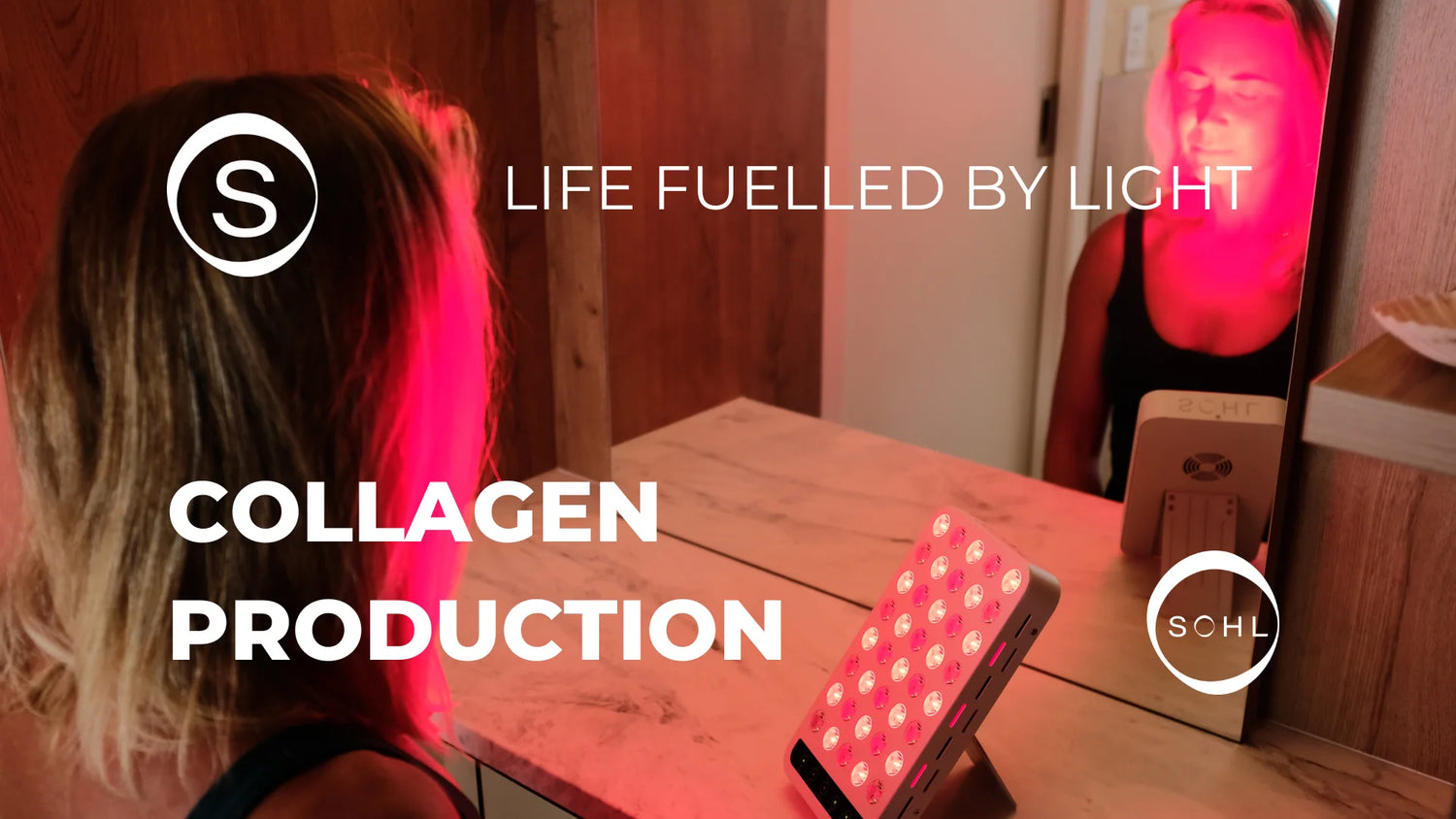Red light therapy is a type of low-level laser therapy that uses red or near-infrared light to stimulate various biological processes in the body. This therapy has been shown to have a range of health benefits, including improved skin health, reduced pain and inflammation, and increased circulation. In recent years, researchers have also started exploring the potential immune-boosting effects of red light therapy.
One way that red light therapy may help to boost the immune system is by stimulating the production of certain immune cells, such as T lymphocytes and natural killer cells. T cells and NK cells are important components of the immune system that help to fight off infections and diseases.
T cells, also known as T lymphocytes, are a type of white blood cell that play a key role in the immune system. These cells are responsible for identifying and attacking foreign substances, such as viruses, bacteria, and cancer cells. T cells are produced in the thymus gland, which is located in the chest.
Several studies have suggested that red light therapy can stimulate the production of T cells, leading to an overall increase in immune function. For example, a study published in the Journal of Clinical & Diagnostic Research found that red light therapy increased the levels of T cells and other immune cells in healthy volunteers. Another study published in the Journal of Photochemistry and Photobiology found that red light therapy stimulated the production of T cells in mice.
Natural killer cells, or NK cells, are another type of white blood cell that play an important role in the immune system. NK cells are responsible for identifying and destroying infected or cancerous cells in the body. Like T cells, NK cells are produced in the bone marrow.
Studies have suggested that red light therapy can also stimulate the production of NK cells, leading to an increase in overall immune function. For example, a study published in the International Journal of Clinical and Experimental Medicine found that red light therapy increased the levels of NK cells in patients with chronic hepatitis B.
In addition to stimulating the production of T cells and NK cells, red light therapy may also help to reduce inflammation in the body. Chronic inflammation can contribute to a range of health problems, including autoimmune disorders and certain types of cancer, so reducing inflammation can have significant benefits for overall health and immunity.
While these studies suggest that red light therapy may have immune-boosting effects by increasing the production of T cells and NK cells, more research is needed to fully understand these mechanisms and to determine the most effective ways to use red light therapy for immune-related conditions. Nonetheless, these findings suggest that red light therapy could be a promising tool for supporting immune function and promoting overall health and wellbeing.





